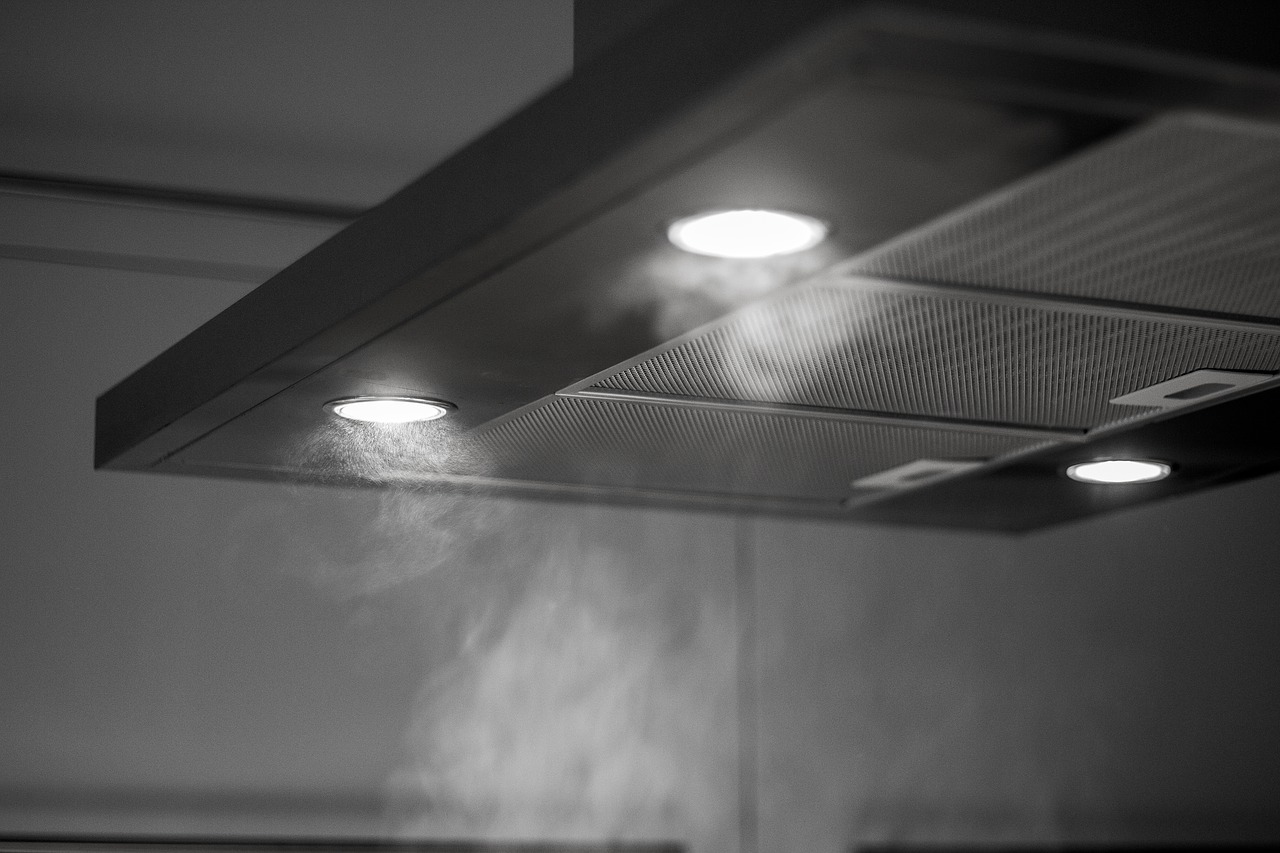A Damp Issue – Condensation
This is the first of a small series of blogs about “damp”. Not surprisingly, damp is an issue that residential surveyors spend a lot of time thinking about and advising clients on, and hopefully these blogs will answer some of our most FAQs.
This month we are discussing Condensation Dampness. We are often called upon to identify a structural defect that may be the cause of dampness, only to discover that the problem is in fact caused by condensation. Unlike other problems caused by water getting into the home, condensation does not come from without, but from within! Condensation dampness is not caused by a structural problem and can be solved or significantly reduced by altering certain lifestyle behaviours and making small changes.
The Problem
Cooking, making a cup of tea, showering, drying clothes indoors and even breathing in and out, causes ‘invisible’ water to be released into the air. If this meets with a cold surface, such as a window or corner of a room, it will condense and appear as dampness. It also occurs in places were the air is still, such as behind furniture and inside wardrobes. This can then cause damage to windows, wallpaper, textiles and other belongings as well as creating the perfect environment for mould to grow. The mould often appears as black dots and is harmful to health, especially respiratory problems such as asthma and bronchitis.
There are many actions you can take to reduce the condensation in your home, but the key is getting the balance right between ventilation, heating and insulation.
Solutions
Initially, look at the way you do things around the home and reduce the amount of moisture that you are producing in the first place. Small changes can make a big difference. For example, keep the lids on your pans when cooking, dry clothes outdoors and never on the radiator, vent your tumble dryer outdoors if you have one. Keep bathroom doors shut when you are showering and the kitchen door closed when cooking to stop moisture travelling around the house.
Secondly, think about ventilation – let the moist air out and get the fresh air in. Houses need to breathe and this can be a particular problem in older houses that were not designed to be ‘sealed up’. Open the windows more, especially when cooking and after showering. If you have trickle vents on your windows, always keep them open.
Fit extractor fans in every bathroom and kitchen. These can make a huge difference and use very little electricity. Check that existing fans are working correctly. They can become blocked over time and more than once, we have seen fans fitted incorrectly. You could also consider upgrading existing extractor fans to more modern versions with a higher capacity, or ones that run when needed using a humidistat.
Also, make sure air can circulate around your home. Pull bulky furniture away from walls and regularly air your cupboards and wardrobes.
Thirdly, warm, well insulated homes suffer less from condensation because there are fewer cold surfaces for the condensation to form upon. Loft insulation is a good place to start and should be topped up to the recommended depth of 270mm. Don’t forget the loft hatch as well! Windows and external doors should be draught-proofed and you may need to think about secondary glazing or double glazing. However, don’t forget that it is a careful balance of providing adequate ventilation at the same time.
You should also think about the way in which you heat your home because sudden rises and drops in temperature (for example, when your central heating switches on and off) causes moisture in the air to evaporate and re-condensate every time. It may be better to keep your heating on a constant low temperature especially in rooms that aren’t used regularly. Or, fit thermostatic controls on all your radiators. Certain forms of heating, such as bottled gas heaters also cause more air moisture than others and should be avoided.
Condensation dampness can be a real nuisance but with careful consideration of the magic trio of ventilation, insulation and heating it really is something that you can solve.
To find out more about how we can help you, contact us on 01685 378894 or 02920 625433.







